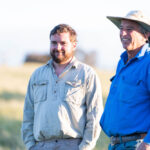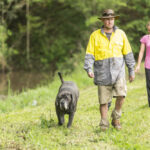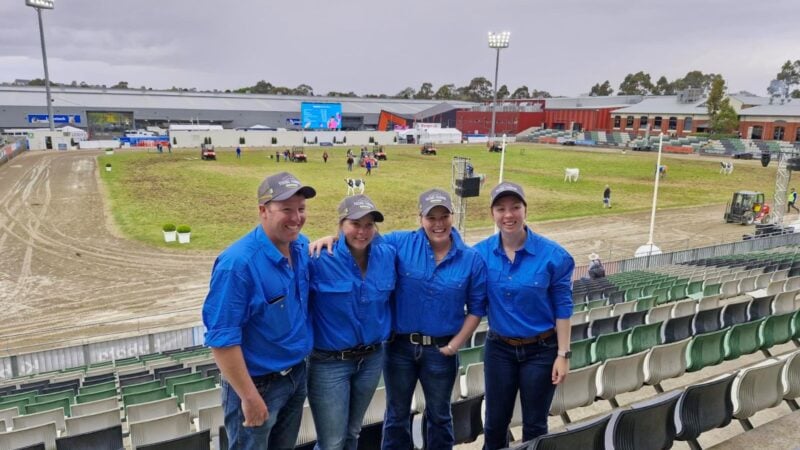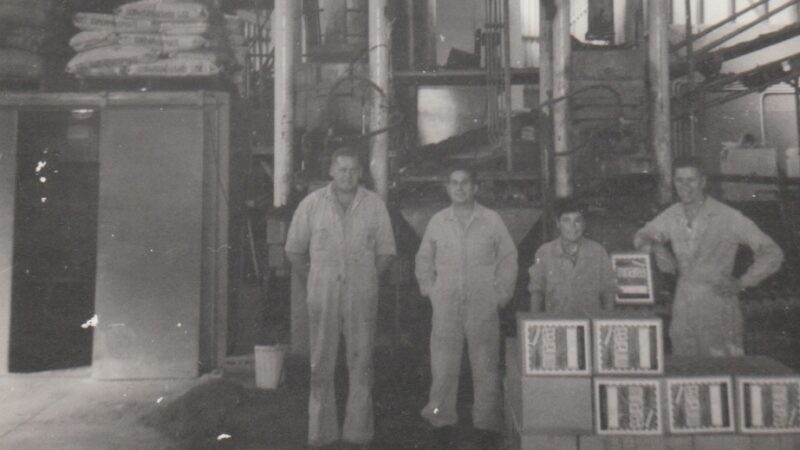These colourful stories show us what can happen when families pull together and work towards…
Here’s to the Tenterfield Saddler, an iconic Aussie landmark
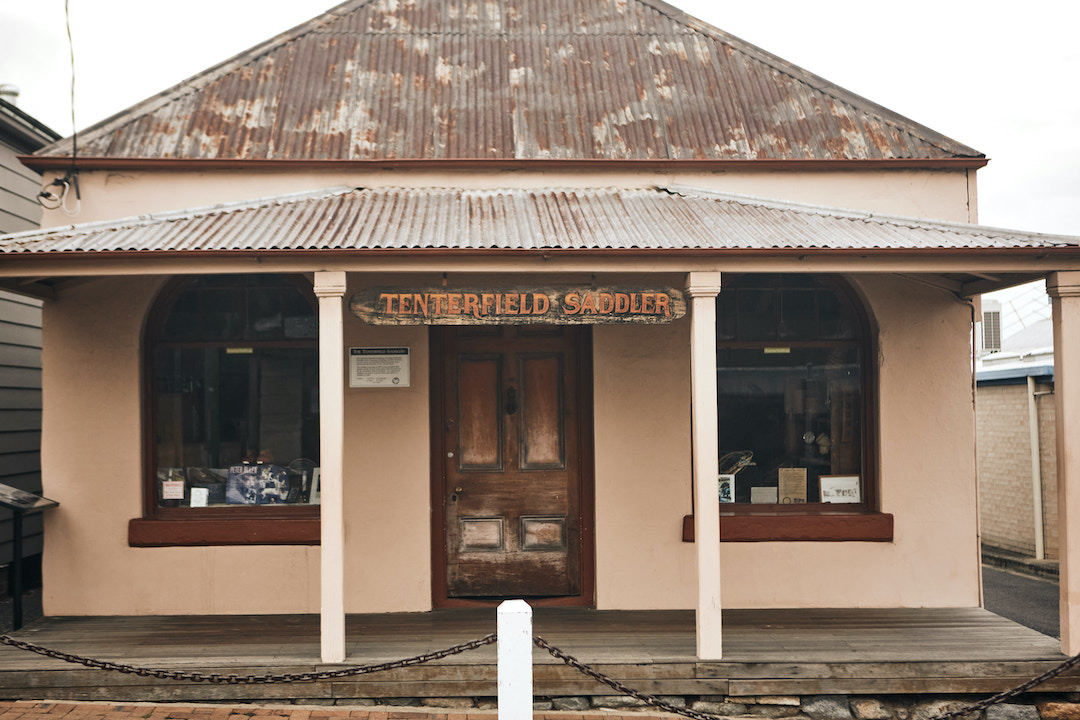
The Tenterfield Saddler is so much more than a charming historical building. It’s a reminder of familial love, Aussie spirit and the history of our land.
Listed with the National Trust of Australia in 1972, The Tenterfield Saddler site has a long history including hit singles, bank vault mysteries, and famous customers. And although the Saddler has passed through many hands, it remains largely unchanged from its original condition, thanks to the work of dedicated volunteers and passionate historians.
A history of Australian saddlers
Saddlery is a trade that has spanned decades, with origins dating back to the 13th Century. Originally, saddlers were known as ‘bourreliers’ – experts who made equipment for farmers, producers and knights during the Middle Ages.
Eventually, the growing use of horses in society for transport, agricultural work and leisure led to the professionalisation of the saddler craft.
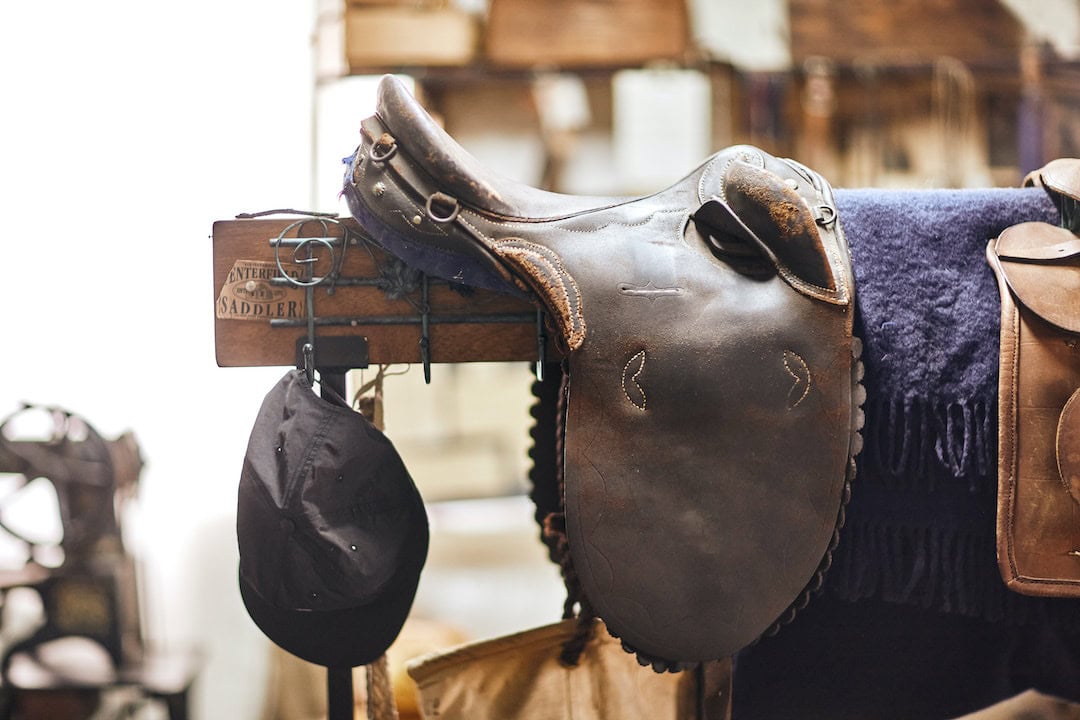
In Australia, saddlers drew inspiration from the English style all-purpose saddles to develop the Australian stock saddle, which is known for its support and security. It was designed for use in stock work such as mustering and droving, dating back around 150 years.
One of the earliest known saddlers in Australia was John Jones, who established a business in Sydney and began producing stock saddles in 1833. Jones is credited with naming the suburb of Stanmore when he established his property on the present-day site of Newington College and named it Stanmore Estate.
While saddlery is a male-dominated field, there is evidence of female saddlers in early 19th Century Australia. Records from the State Library of Queensland identify Rose Harris as the only woman saddler during her time. She worked in Clermont from around 1918 until 1948, when her shop burnt down. Incredibly, during the 1916 Clermont floods, she saved six lives by using leather reins to throw to people being swept up in the floodwater and pulling them onto the balcony of a local hotel.
Hall of fame
The Tenterfield Saddler was first introduced into Aussie consciousness back in 1972 when singer-songwriter Peter Allen released his hit single of the same name.
Allen dedicated the song to his late grandfather, George Woolnough, who bought the High Street building in 1908 and kept it running smoothly until his retirement in 1960.
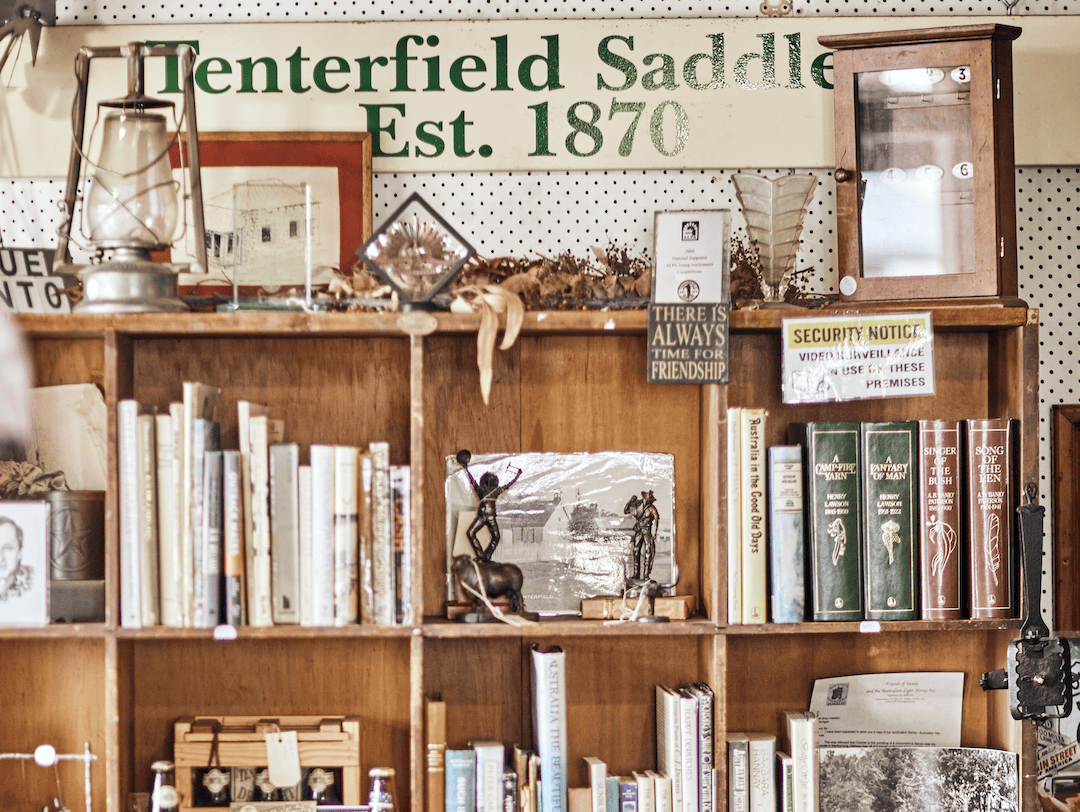
The saddlery was known as a place for men to gather and share stories. Sometimes they would even bring their children, who would play with leather offcuts while they worked and chatted. George would often sit and listen to his visitors, enjoying the sense of community and keeping up with the local town gossip.
During this period, iconic Aussie stars were known to grace the saddlery halls. These included singers such as Banjo Patterson, who would also visit other friends in the Tenterfield region such as W.H.Walker (the manager of Tenterfield Station) and the Hurtz family.
Banjo enjoyed spending time with the Hurtz’s daughter, Matilda, who would sit on his knee while he played the piano. He would go on to compose Waltzing Matilda in her honour – one of Australia’s most iconic songs.
George Woolnough was often visited by Peter Allen too, who is now celebrated in Tenterfield during the annual Peter Allen festival. Peter is known for producing several hit songs including I Go to Rio, I Still Call Australia Home, and Arthur’s Theme for the film Arthur, for which he won an Academy Award.
Passing hands
The land upon which Tenterfield Saddlery now sits was originally purchased by Sir Stuart Alexander Donaldson for 32 pounds and 10 shillings back in 1858. Sir Stuart was already the owner of Tenterfield Station, named after his aunt’s home near Haddington in Scotland. The station would go on to inspire the name of Tenterfield town, while Stuart became the first Premier of New South Wales.
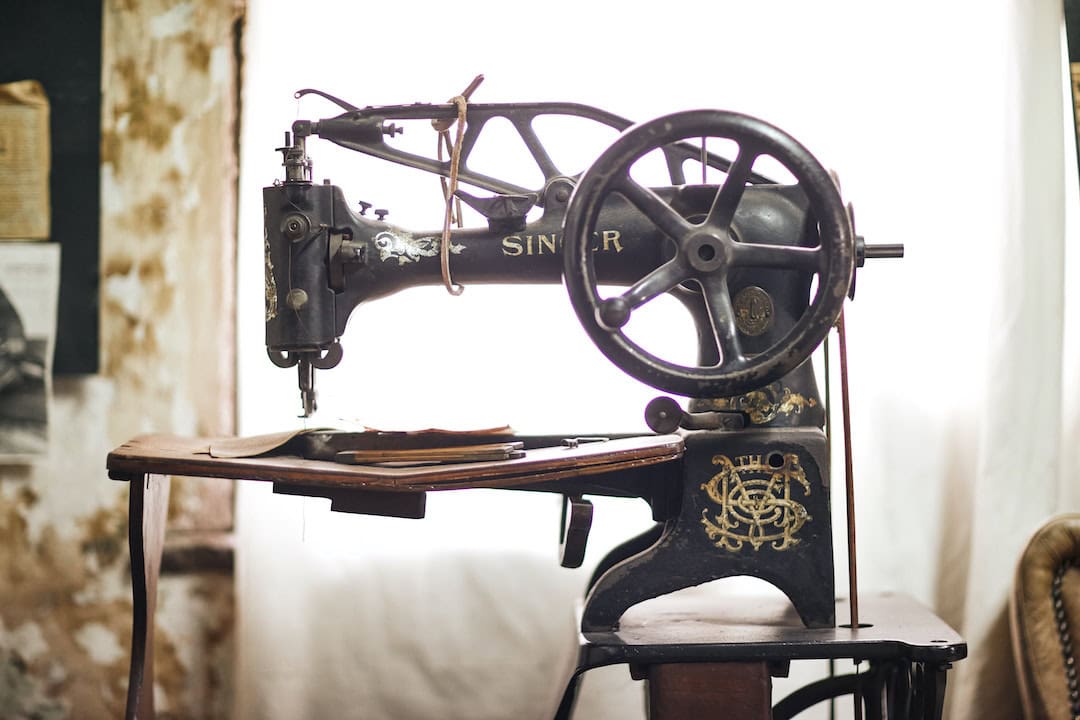
The two-room building was constructed using hand-cut local blue granite and North Coast cedar. For many years it operated as a saddlery, until it was eventually sold to the Australian Joint Stock Bank in 1874. Due to the thick granite walls, which were more than 20 inches wide, Tenterfield Saddlery was seen as the perfect place to establish a bank.
The building would go on to have several other lives, including as a private home, before eventually returning to its original purpose as a workshop for saddles, bridles and other horse equipment when it was sold to the town saddler, Dan Egan. George Woolnough took over in 1908, with two more saddlers following him after his retirement; E.C. Daly and T.D. Gibson.
A building out of time
These days, the National Trust of Australia owns and operates the building. The saddlery remains in its original condition, and visitors are invited to explore the memorabilia housed all around the property, as well as purchasing handcrafted leather goods and Tenterfield Saddler merchandise.
Apart from a few restorations, the saddler has been preserved in its original condition. When wandering the rooms, it’s easy to spot 130-year-old tobacco stains on the roof and wooden floors patched with leather. Here, it really is like stepping back in time.
In April 2023, the Tenterfield Saddler was put up for sale after being owned and managed by the Meldon family for 28 years. They originally bought the building in 1995, when it was still a working saddlery.
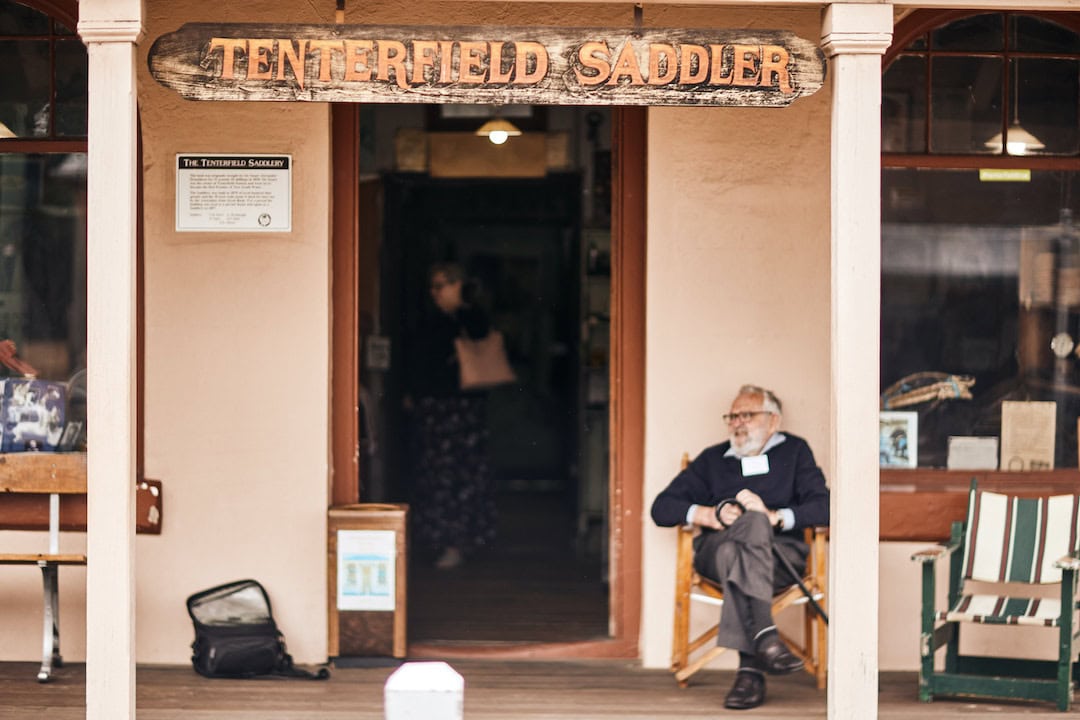
Dianne Reynolds, sales manager from Lloyds Corporate Brokers, emphasised the importance of the Tenterfield Saddler as an iconic Aussie landmark when discussing the decision to sell.
“This is an opportunity to save an iconic Australian brand and rebuild a business that is even older than R.M. Williams, and has a deep heritage,” she explained.
It has since passed hands to equestrian equipment supplies business WeatherBeeta but remains the same in spirit and design.
The Tenterfield Saddler remains an Aussie landmark with a rich history in Australia’s farming culture. This importance is perhaps best expressed by Peter Allen, whose words still ring true all these years later.
“The late George Woolnough
Worked on High Street
And lived on Manners
52 years he sat on his veranda
And made his saddles.
“And if you had questions
About sheep or flowers or dogs
You just ask the saddler
He lived without sin
They’re building a library for him.
“Time is a traveller
Tenterfield saddler turn your head
Ride again Jackaroo
Think I see kangaroo up ahead.”
For a spotlight on another fascinating region in NSW, click here.


